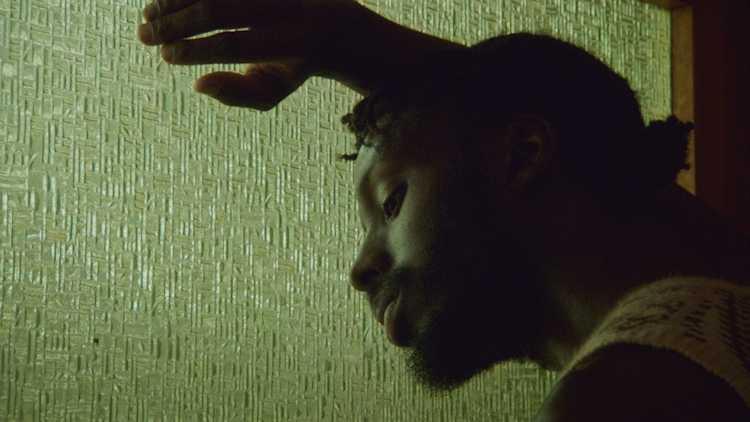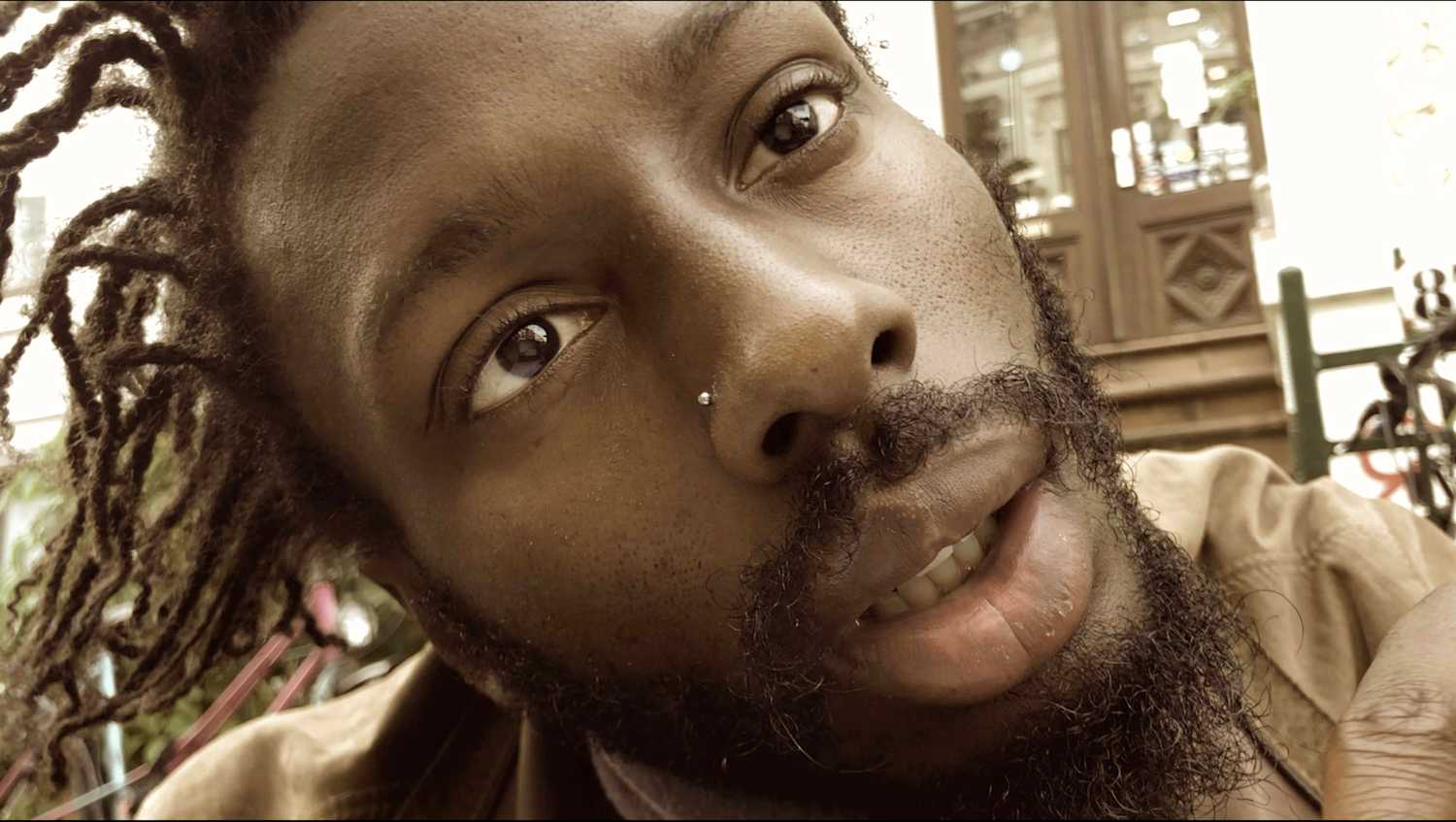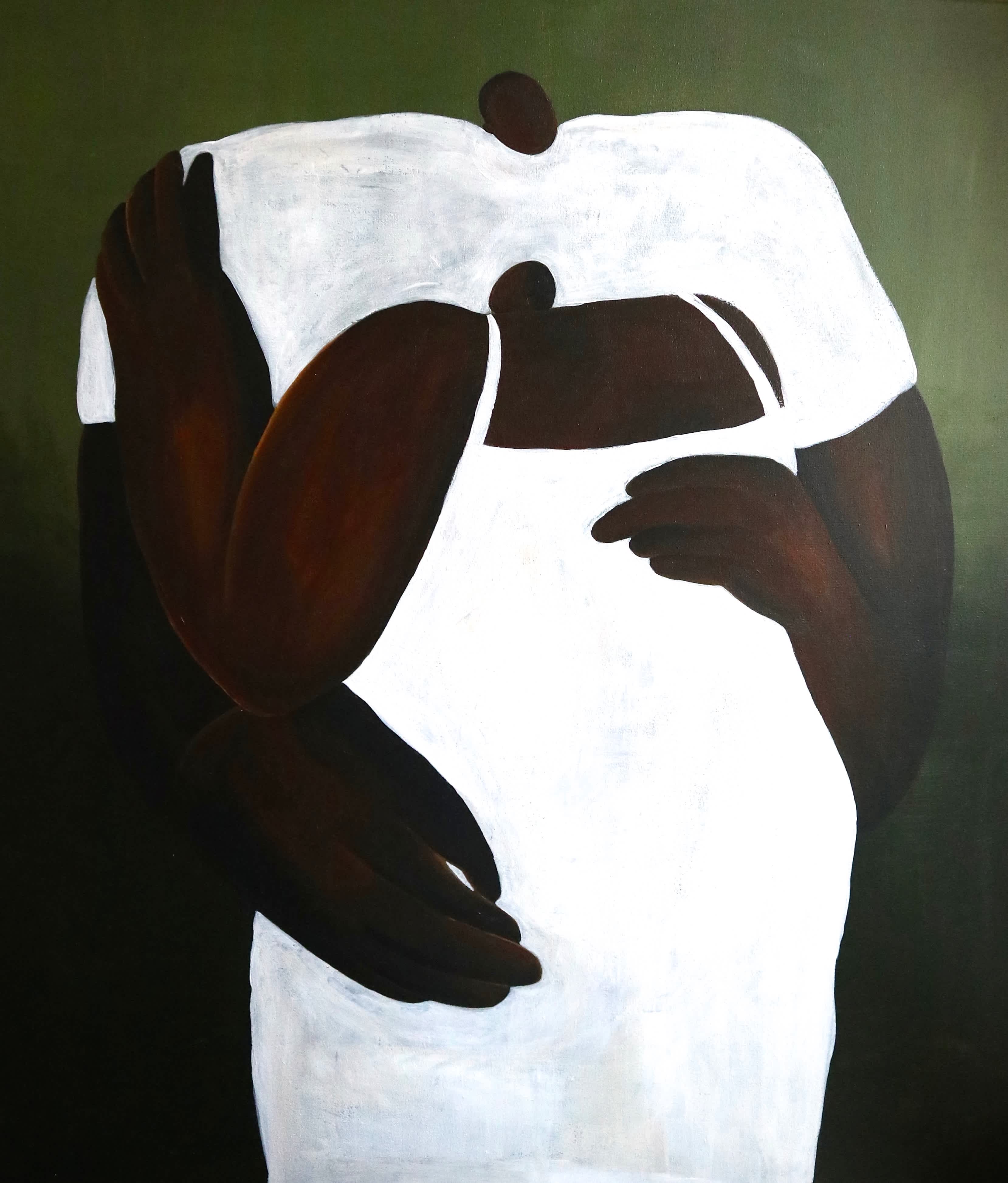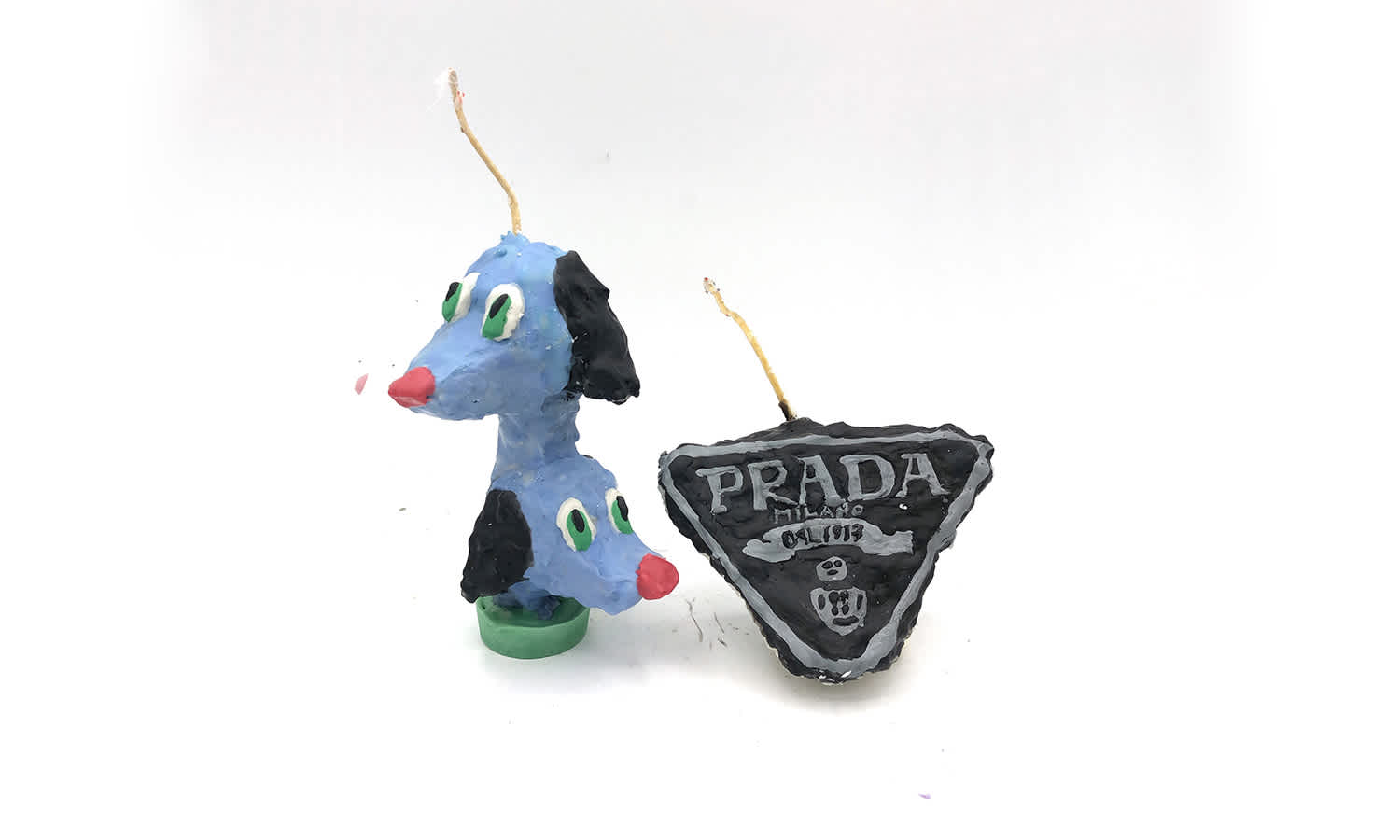
Aaron Samuel Davis is a dance artist at Theater Bremen in Germany, and an M.F.A. graduate of NYU Tisch School of the Arts. His work aims to create a space where fearlessness is respected and honored, and where he may use the voice and the body as a form of resistance.
What and who inspired you to become a dance maker?
Aaron: I grew up dancing socially in the house, because my mother always played a lot of music while she was cooking or cleaning. My older brothers and sisters did sports from American football to baseball, softball, cheerleading, basketball, we even did bowling. So, movement was always present. A lot of the ways we learned dancing was from watching MTV and figuring out what was the latest cool dance of the time. I remember a lot of Sean Paul music videos like “Get Busy” or “Temperature.”
And then when I went to private school, The Williams School in Connecticut. I enrolled in a program where from 7th grade through 12th grade they included an arts training in their main education. My first dance maker experience was in 8th grade. The teacher’s name was Bo Parish. She studied a lot of Graham at Boston Conservatory and was into American jazz dance, and she gave us the challenge of choreographing 8 counts of 8, and I remember everyone in the class was terrified. And for me it was like, 8 counts of 8, let’s do it, and I realized this was when I would just stay in the performing arts center to work on these projects, sometimes even missing lunch just to keep choreographing.
That’s really funny because I have the same experience teaching high schoolers; it’s almost like a looking-glass back to the past and how I felt growing up and coming up with movement, and that it’s not for everyone.
Aaron: [You also have to understand that] there were some people in the class who had been at ballet studios since they were 3 or 4. And these people were a bit more blocked because they felt the pressure of perfectionism that I was feeling none of because I just wanted to fool around and move — and I think this was the best because Bo really gave me the passion before I learned the discipline and the craft.

When you make dances, what do you define as collaboration, among dancers or designers or other artists?
Aaron: I think collaboration starts at a very one-to-one level. I remember working a lot with my dance family trees since Connecticut College where I started to officially study dance education in the Bachelors program. There’s an idea that we’re actually continuing something that has been going on for centuries. Whether it be Isadora Duncan or continuing a lineage of postmodern dance. Daniel Nagrin and David Dorfman and Lisa Race and Heidi Henderson and Shani Collins Achille, I often see as collaborators, mentors, who I respect and whose research I try to expand on as well.
If we’re talking about project to project, then I see collaboration as the moment someone walks in the room or is engaged in something I’m working on. As an artist, it’s really important that I’m reminded that nothing gets done without taking care of each other, especially now in times of quarantine — if we make a decision, it affects everyone in the space. The space is also a collaborator, right? Maybe that’s why I consider the creation period a bit spiritual as well. A lot to do with energy, and process, and patience and trying to bring out or discover what’s inside these possibilities, by listening a lot and seeing and trying again.
It keeps conversations going and it keeps connections when works take different forms — years later.
Aaron: There’s always, like you said, a lens with which you can see the work and collaborate through. And that’s maybe also part of the beauty of the education we’re able to have when you don’t just go to more conservatory training: you’re able to take in the humanities as research into the work you’re doing, so it contextualizes it, and you find maybe a broader sense of the word “collaborators.”

Going into this idea of inter-discipline, I know when we were in process together, you talked about some choreographic works manifesting in film, and I wonder what you think about that when you make work now?
Aaron: I had developed a passion for film and the cinematic approach to choreography when I was doing dance and acting simultaneously through middle school and high school. So the combination was always there, but it’s this idea of dance théâtre as I know it now, as I’ve experienced it from a European point of view (now working for Staatstheater Bremen and doing my research) that has given me another idea of these mediums really coming together.
Film as its own genre has been quite seducing for me because it’s so easily accepted by many people. Everyone wants to go to the movies, they want to Netflix and chill these days and that can seem so accessible. And so when you ask yourself the language of film, what are the techniques, images in motion — I think we as dancers do that all the time, it’s just not captured. Or now it’s being captured in a different way. And this has helped me focus on saying what I’d like to say to the audience through designing movements or scenes in certain ways that actually talk about the story or create an atmosphere.
You mentioned the things you’ve learned from being in Europe and the differences between those dance communities. Do you find your research into this is more well seen in Europe or when you presented work in the States?
Aaron: I feel like I’m supported by both scenes in different ways and that’s what’s been able to make me become the artist that I am. I think in the states I really have this sense of like this is my identity, I was born here. I really feel like I know the audience, or I really feel like the audience is with me, and the same in Europe, but I think that the main thing I feel differently could be my sensation of time. The two wrestle in a time difference of 6 hours.
[In Germany], I feel like there's a little bit more time and support to go deeper into the ideas as an emerging artist, based on the funding systems, so it’s a blessing and it’s a curse. Whereas living and working in New York, you feel the let’s go! you know, make the work or someone else is going to make it. But somehow here I also feel this sense of time helping to season and simmer the work into something. That also produces a different quality — you know when you have sometimes six months to work on a project versus let’s say one or two...
But for me, in this moment, I’m appreciating the time we spend in quarantine and doing that research on myself, zooming in to become more curious with my own body. I think I developed a sense of urgency by wanting to be in many places at once: here [in Europe] this urgency actually manifested in a very sensitive delicate way that was transmitted through a number of videos I was making or daily doses of dancing. And I was blessed to be able to have that space to process it. It would have been a different outcome or sensation, had I had been home [in the States].

Can you speak about your solo that was presented at CultureHub, LaMaMa and NYU Tisch School of the Arts this past summer?
Aaron: This solo was titled “Give yourself a fade out.” I had initially applied to the choreographic mentorship program at NYU Tisch with Gus Solomons Jr. and Jonathan Matthews because I was interested in making my first evening-length solo investigation. We would coach each other and share our work, and this was all supposed to be through video, five to seven minutes of an investigation. At the same time, I was also revealing and posting the process; CultureHub and LaMaMa had reached out to me about doing their platform, perfectly aligning towards the finish of the program.
The solo investigated this idea of the body as its own material, as a historical material. And then this idea of a voice emerging from the body. And then the idea of...fading out your voice from your body, or fading out different voices. The quote comes from a piece called “Chicklets” by Pattie Smith in which she says “give yourself a fade out” — I think she’s talking to the guitarist so she could have the last vocals. And so listening to this alone in a room, I became more curious about what you can do with your one body and your one voice, especially in this day where individuals have social impact and can make a change.
And this was very much my goal, to use my voice and use my body as a form of protest.

And for the residency you had over the summer, it took a different form.
Aaron: The opportunity to still meet and to come together in a safe way was presented to me. We were eight to ten collaborators, including an electronic music composer, Felix Florian Tödloff — he’s really active in Berlin, and we met on the streets of Dusseldorf one time randomly. He had done a lot of field work in Ghana and Senegal. I really appreciated his work so he was coming into the conversation, and the dancers themselves who were available and who I had been working with for some time.
[I wanted to] take this solo research and try to magnify it on a group to see what remains and what other people feel. I think the results were remarkable because it was something the dance researchers and performers could relate to in this time. We were able to make an hour-long draft of an evening-length work experience, which is to be continued and constructed and deconstructed again and again from 2021 to 2022.
To create a space where fearlessness is respected and honored is also something I try to do. I think taking risks is part of the process, and surprising yourself and in doing so, encouraging yourself and others to solve things. This residency was a testament to that. So I was very grateful to be able to investigate with this group of artists and to think that it all started in this magical room with the walls painted blue.
Follow Aaron’s work on Instagram @aaronsamueldavis_


